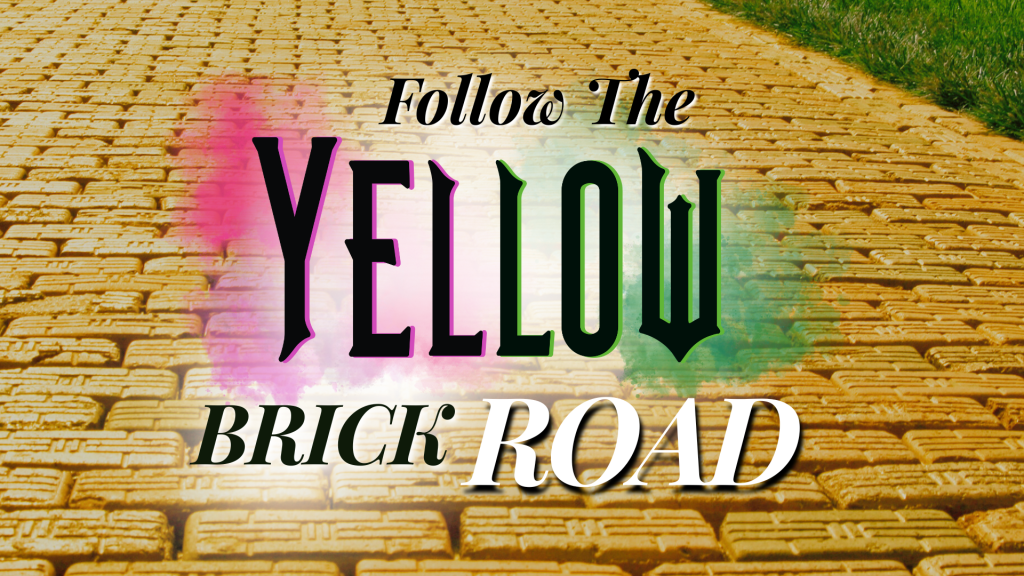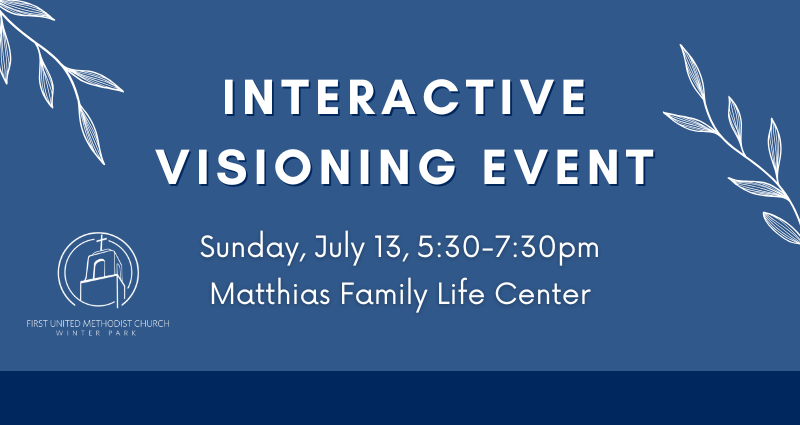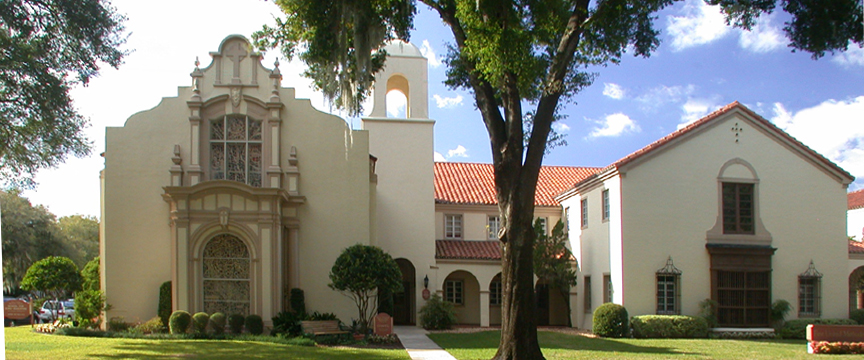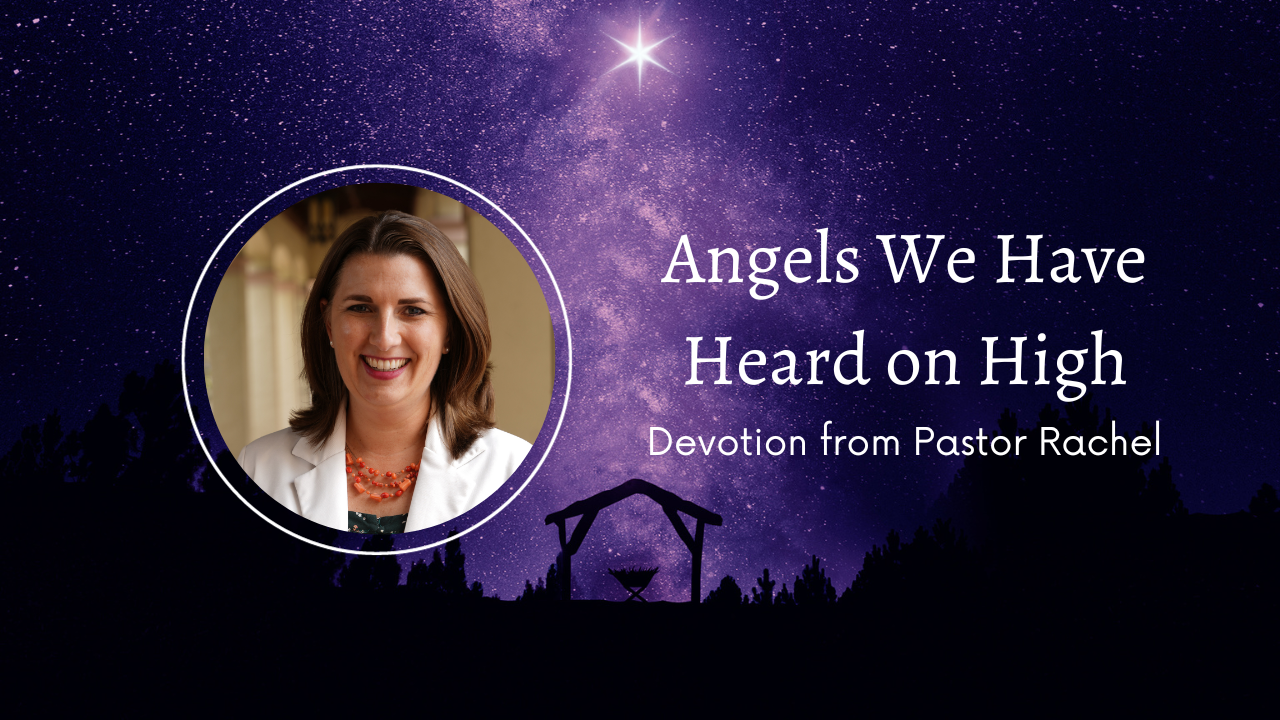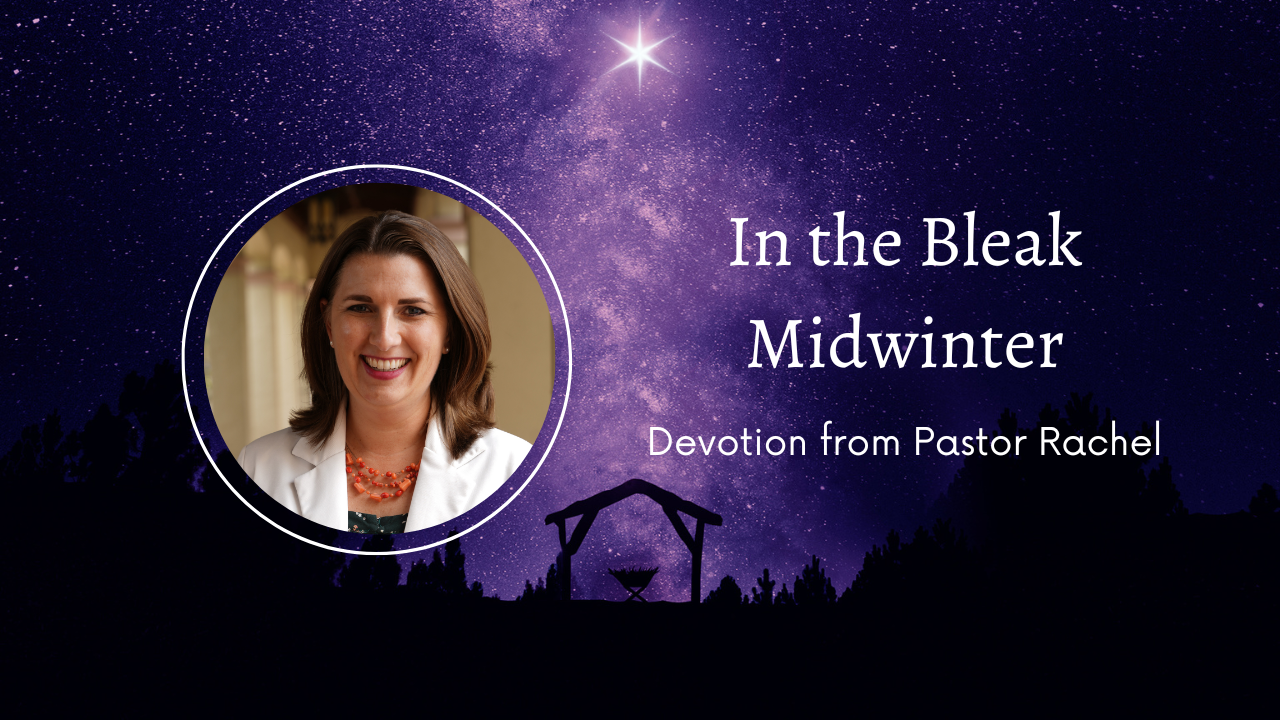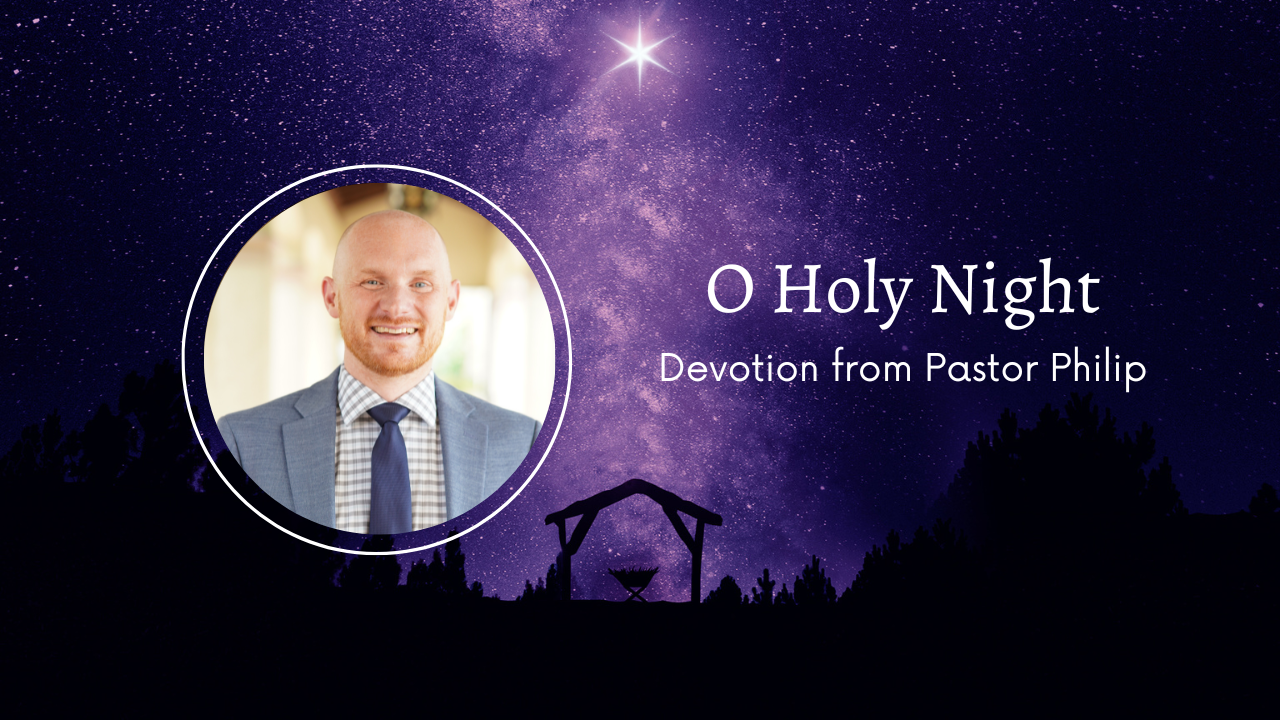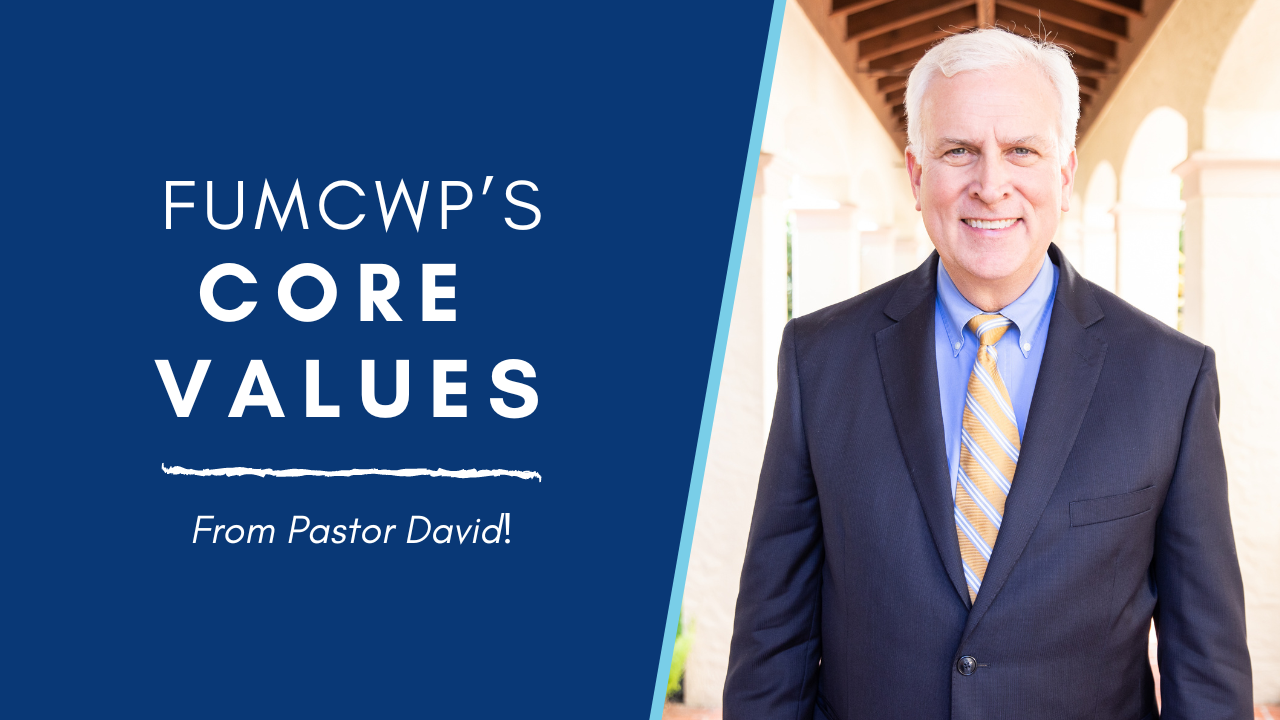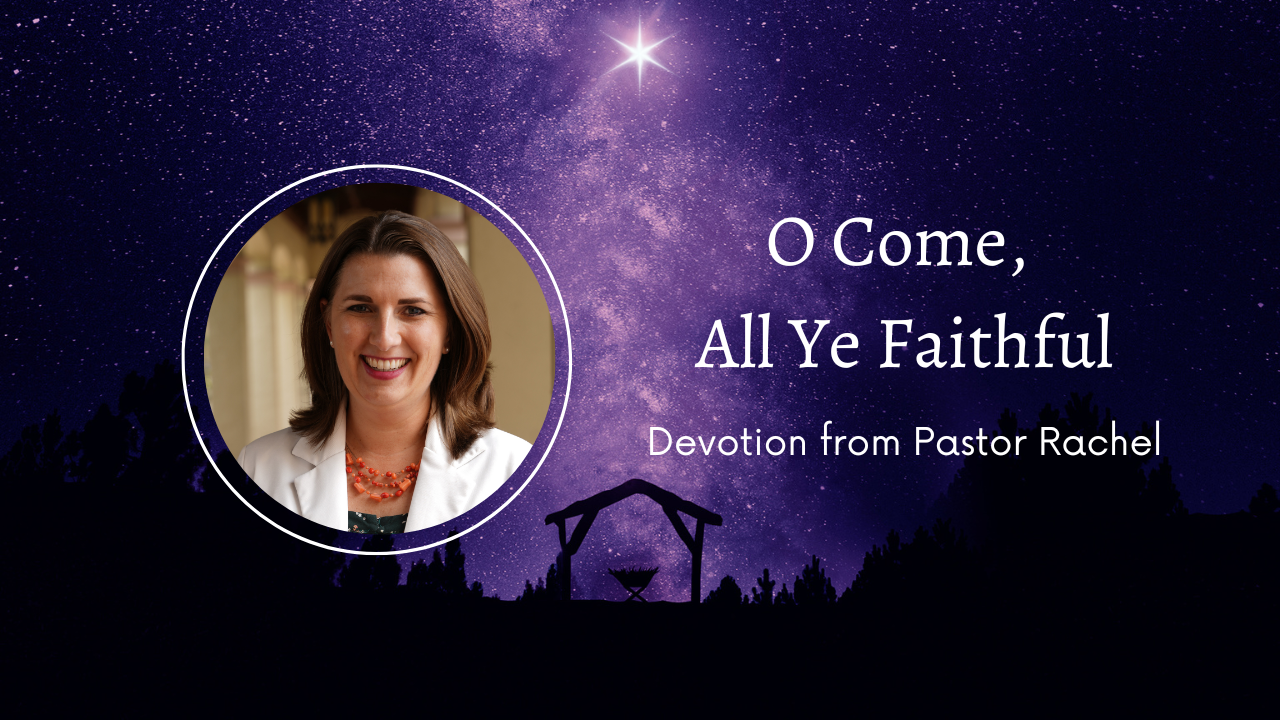Just like our Christmas Carol today reminds us, I have heard Angels singing on High this past week. I am blessed to be the Pillar Pastor over our two AMAZING Preschools and last Wednesday and this Wednesday I have had the privilege of hearing the voices of over 300 children sing about the birth of Jesus and the love of God. Every year it brings tears to my eyes to hear the voices of children sing praise and celebration to God. That is after all what the Angels are doing in our Scripture lesson in the first few chapters of Luke.
Luke 2:13-15 says this.
“13 Suddenly a great company of the heavenly host appeared with the angel, praising God and saying,
14 “Glory to God in the highest heaven,
and on earth peace to those on whom his favor rests.”
15 When the angels had left them and gone into heaven, the shepherds said to one another, “Let’s go to Bethlehem and see this thing that has happened, which the Lord has told us about.”
I don’t know about you, but when I see the cuteness of little children singing, ringing bells and using hand motions with enthusiasm, I want to tell others about it. Because it is these HOLY moments that remind us why we are here to celebrate and why we are invited to share this good news with others.
This carol was originally written in French in the eighteen century and it reflects a common theme found throughout the history of Christian hymnody. Our United Methodist Discipleship resource reminds us that these kind of hymns have two parts; a cosmic chorus which begins in heaven with the angels. Then the “mountains in reply” echo back in response—antiphonally, symbolizing the participation of earth. What a beautiful example of what God is doing in and through us. What begins above is lived out below. When God begins a new and good work, it is always brought to fruition. Over and over again we see these thin places, where heaven and earth meet, and we are left changed in the process.
The three verses of this hymn invite us into the transformation through the order of the Scripture story. It begins with a festive spirit as the angels appear and invites all to come celebrate Christ’s birth with them. Then stanza two focuses on the Shepherds and the joy that these angel greetings brought them. And because the angel brings good news that the Messiah has been born, there is so much to celebrate! In the third stanza, we are invited to the party. We are offered a front row seat to come to Bethlehem and see how heaven and earth are one. I have said it before, and I will say it again, if you need help seeing the glory of God this Christmas season, look and listen to the children. They mimic and give witness to the holy moments of God like the angels did so long ago.
Whenever we encounter the Holy, we are transformed and see the world a little differently. This happened to me today, I was not feeling celebratory or joyous this week. It has been a lot for us over this last week. As you might imagine, there are a lot of demands on the lives of two pastors during the season of Christmas. I have let the busyness of this season as a full-time working mom, wife, daughter, sister, pastor…get the better of me. I wasn’t seeing the joy. But then there was a shift, a HOLY moment if you will, because there is something about children singing, smiling, waving at their loved ones and rocking their baby Jesus’ that reminds me that heaven and earth are in fact working together as one.
And so I encourage you, over the next five days to really focus on seeing the HOLY moments where heaven and earth meet. Don’t get distracted by the crazy schedules, the traffic, the to do lists, or family drama. If you need some help, look to the little children who remind us daily of the HOLY moments and emulate what it means to sing “Glory to God in the Highest Heaven!”


